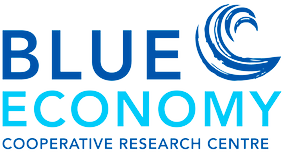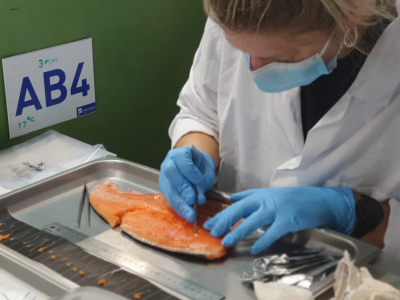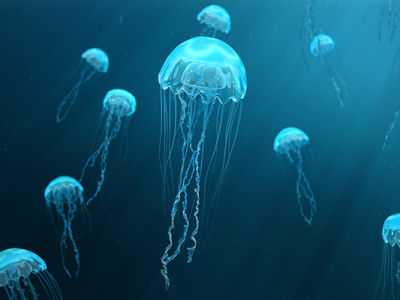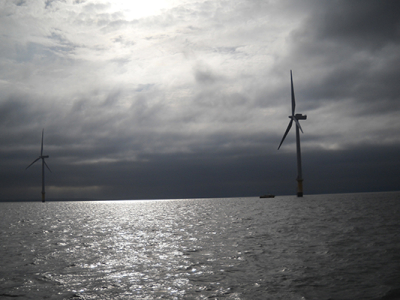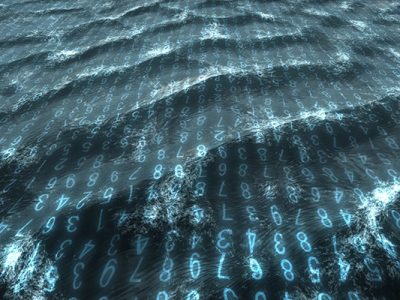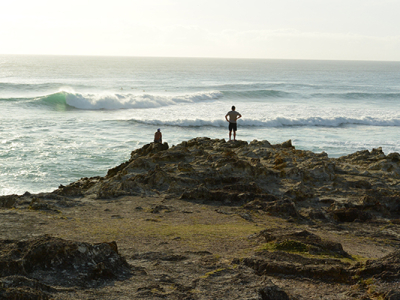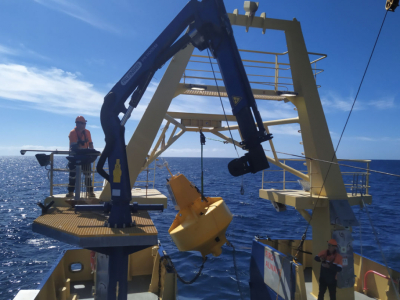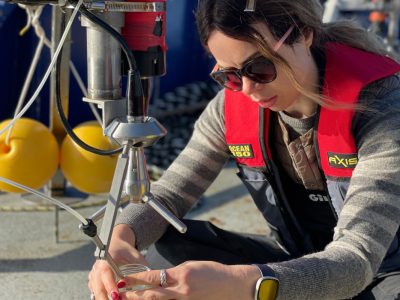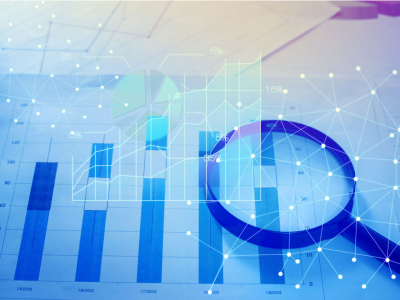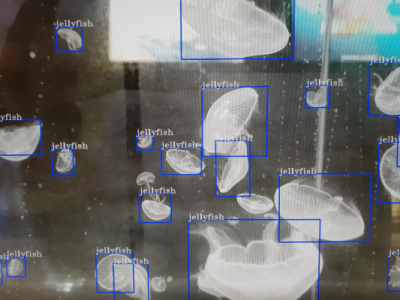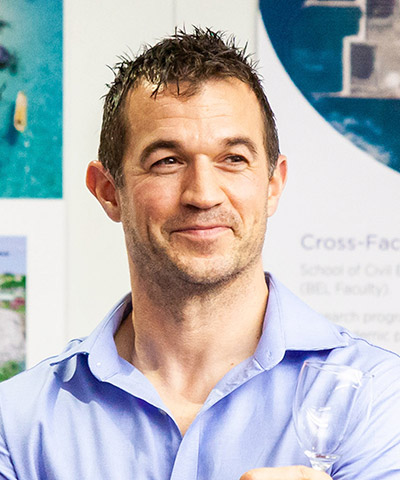Environment & Ecosystems
Managing the environmental footprint of the infrastructure, culture systems and energy generating devices used by offshore industries
Evaluating the environmental footprint of the infrastructure, culture systems and energy generating devices used by offshore industries
Evaluating the environmental footprint of offshore industries
The Environment and Ecosystems Program offers an integrated, whole of life-cycle, adaptive approach to placement, operation and decommissioning of offshore infrastructure and livestock.
The Environment and Ecosystems program connects with the Sustainable Offshore Developments program to develop management systems to monitor environmental impact and interactions with other sectors, and with Offshore Engineering, Seafood and Renewable Energy programs to monitor the impacts of the offshore environment on the health, maintenance and performance of species, infrastructure and devices respectively.
Novel monitoring systems will be developed, including models and user interfaces to deliver real time data and information for use by government, industry, and the public.
CURRENT & PAST PROJECTS
Delivering offshore production systems for energy and aquaculture in a sustainable blue economy, through technological innovation
INTENDED OUTCOMES

Milestone Output 1
Multi-criteria regional marine spatial planning tool for the identification of regional areas that would support technical and economically feasible areas for integrated multiple-use platforms. This is including consideration for other users (and associated trade-offs), identification of desired environmental conditions, and a suite of potential indicators and reference points to be used to track operational performance and predicted impacts.
Milestone Output 2
Framework for assessing proposed offshore activities and supporting specific site selection. Constituent products include: systematic risk assessment process (hazard analysis, risk assessment, contingency and response identification); indicator identification and benchmarking; characterisation of site properties; and creation of reference cases and requirements for subsequent developments and assessments.
Milestone Output 3
Smart monitoring and information platforms, maximising probability of correctly attributing the cause of observed changes and enabling responsive operations. Automated data workflows feeding forecasting systems will result in model and data products, coordinated in centralised information platforms featuring in-built visualisation and processing, and a design focus on easing access and interoperability. This underlies a risk alert system and incident response platform.
Milestone Output 4
New understanding and prioritisation of emerging and extant disease and parasite vectors, and exposure and treatments in the novel offshore environment. This will include impacts on phenology, and ecology on wild stocks. New biosecurity protocols will leverage off the new understanding and new data types (accessed via A3) to prioritise risk responses and health-related procedures both for stocks on farms and in the immediate vicinity of platforms.
Milestone Output 5
Understanding, tools, and guidelines pertaining to the benefits, drawbacks, and trade-offs associated with co-location of operations on multiple use platforms. This includes: social, economic, environmental footprint of platforms and their interaction with surrounding socio- ecological systems; life cycle, economic, and systems analysis procedures; reporting; and analyses of feasibility, returns on investment and public good comparison of offshore activities versus terrestrial or coastal industries.
PROGRAM STAFF
PhD SCHOLARS
The following PhD Scholars are conducting their research within the Environment & Ecosystems research program.
